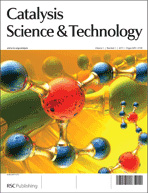 I am excited to announce that Catalysis Science & Technology is now indexed in Thomson Reuters Web of Knowledge SM.
I am excited to announce that Catalysis Science & Technology is now indexed in Thomson Reuters Web of Knowledge SM.
Thomson Reuters Web of Knowledge SM (formerly ISI Web of Knowledge) is a premier research platform, helping you quickly find, analyze, and share information in the sciences, social sciences, arts, and humanities. Issues 1-6 of Catalysis Science & Technology are already there and many of the articles have already been cited. Already this year, Catalysis Science & Technology was fast-tracked for inclusion in Scopus.
Remember that you can now read all these articles for free!
Congratulations to those whose articles are amongst the first to be cited. Articles already cited include:
Two-dimensional zeolites: dream or reality?
Wieslaw J. Roth and Jiří Čejka
Catal. Sci. Technol., 2011, 1, 43-53 DOI: 10.1039/C0CY00027B, Perspective
A straightforward zinc-catalysed reduction of sulfoxides to sulfides
Stephan Enthaler
Catal. Sci. Technol., 2011, 1, 104-110 DOI: 10.1039/C0CY00039F, Paper
Superparamagnetic nanoparticles for asymmetric catalysis—a perfect match
Kalluri V. S. Ranganath and Frank Glorius
Catal. Sci. Technol., 2011, 1, 13-22 DOI: 10.1039/C0CY00069H, Perspective
2-(1-Aryliminopropylidene)quinolylcobalt(II) dichlorides: synthesis, characterization and catalytic behaviour towards ethylene Tianpengfei Xiao, Jingjuan Lai, Shu Zhang, Xiang Hao and Wen-Hua Sun
Catal. Sci. Technol., 2011, 1, 462-469 DOI: 10.1039/C1CY00028D, Paper











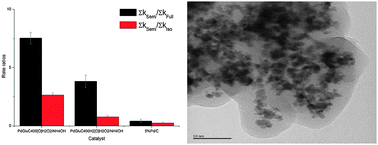 This Catalysis Science & Technology Hot article showcases a collaboration between the University of Oxford and Johnson Matthey where they make a palladium catalyst with interstitial carbons for fine chemical catalysis in the liquid phase.
This Catalysis Science & Technology Hot article showcases a collaboration between the University of Oxford and Johnson Matthey where they make a palladium catalyst with interstitial carbons for fine chemical catalysis in the liquid phase.

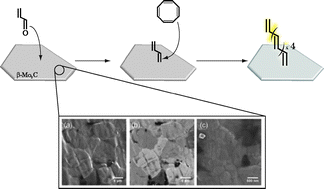 An increased industrial demand for propene, and potential applications in the processing of renewable raw materials has led to a strong renewal of interest in development of
An increased industrial demand for propene, and potential applications in the processing of renewable raw materials has led to a strong renewal of interest in development of In this Catalysis Science & Technology Hot article Houshang Alamdari and colleagues from the University of Laval, Canada, use a mechanosynthesis technique to make nanocrystalline hexaaluminate-type mixed oxides for use as heterogeneous catalysts.
In this Catalysis Science & Technology Hot article Houshang Alamdari and colleagues from the University of Laval, Canada, use a mechanosynthesis technique to make nanocrystalline hexaaluminate-type mixed oxides for use as heterogeneous catalysts.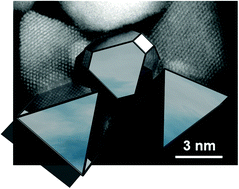 In this Catalysis Science & Technology Hot article Amanda Barnard and colleagues present the first nanoscale phase diagram of colloidal nanoparticle catalysts made of platinum.
In this Catalysis Science & Technology Hot article Amanda Barnard and colleagues present the first nanoscale phase diagram of colloidal nanoparticle catalysts made of platinum.
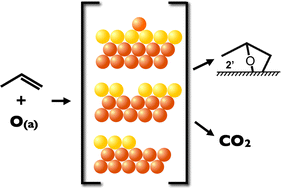 Cynthia Friend and colleagues at Harvard University look at how propene bonds and reacts on the surface of gold in this Catalysis Science & Technology paper.
Cynthia Friend and colleagues at Harvard University look at how propene bonds and reacts on the surface of gold in this Catalysis Science & Technology paper.

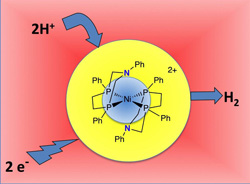 Check out this recent Science paper on
Check out this recent Science paper on